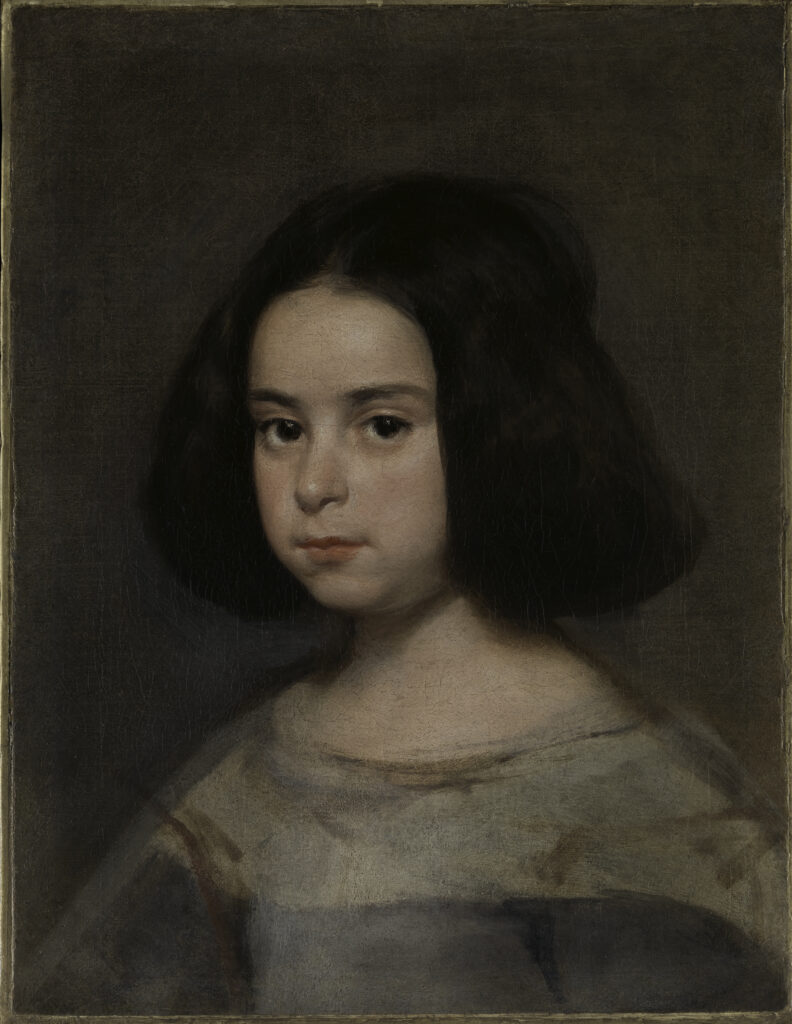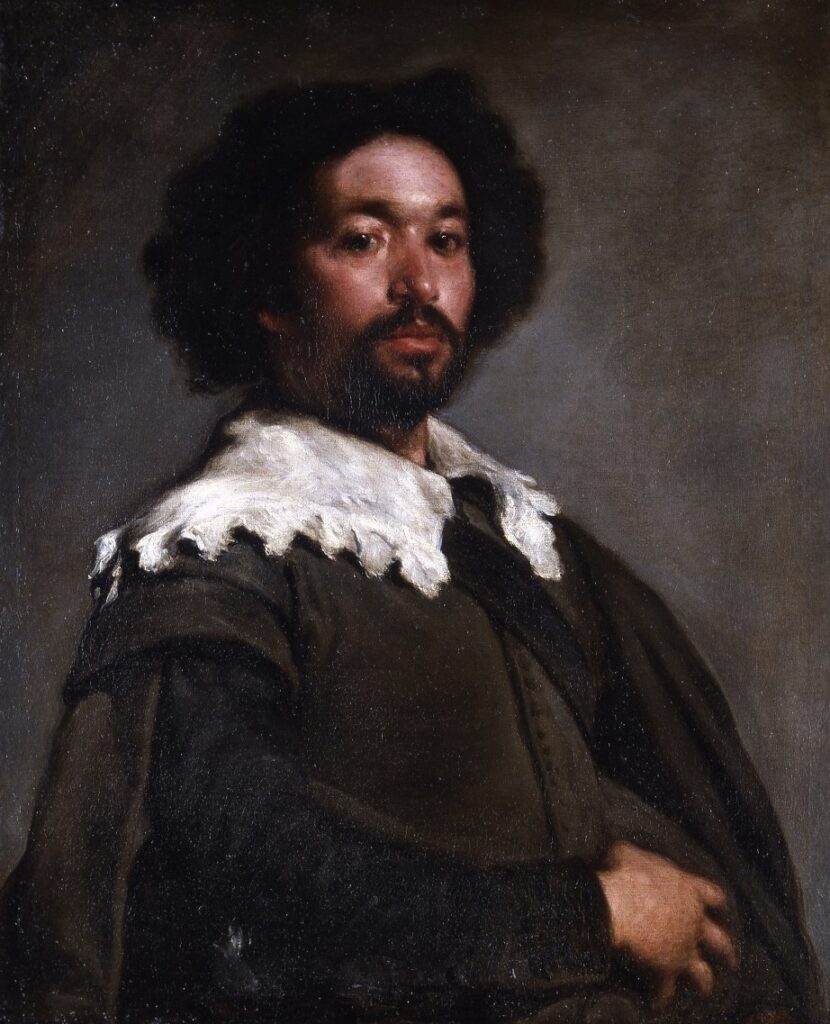Experience Spanish Baroque Masterpieces in Austin at the Blanton’s ‘Spirit and Splendor’ Exhibition
See iconic works by Velázquez, El Greco, and more from The Hispanic Society’s world-renowned Spanish art collection
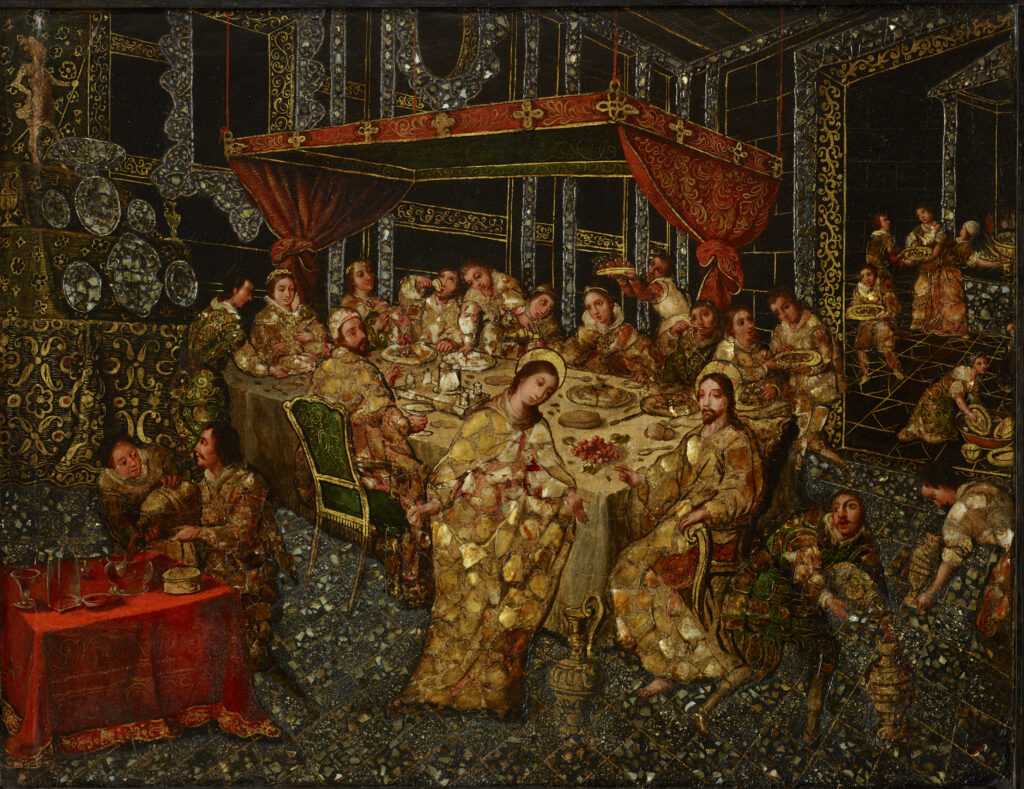
See the hyper-realistic portraits by the renowned Spanish artist Diego Velázquez or the striking religious scenes depicted by El Greco (Doménikos Theotokópoulos), among other paintings from The Hispanic Society, one of the most significant collection of Spanish art outside of the country itself, at the Blanton Museum of Art’s latest exhibition: “Spirit and Splendor: El Greco, Velázquez, and the Hispanic Baroque.”
A Rare Gathering of Spanish Baroque Art in Austin
“The Hispanic Society’s collection is unmatched in its depth and beauty, and we’re honored to bring these masterpieces to Austin for the first time,” said Simone Wicha, Director of the Blanton Museum of Art.
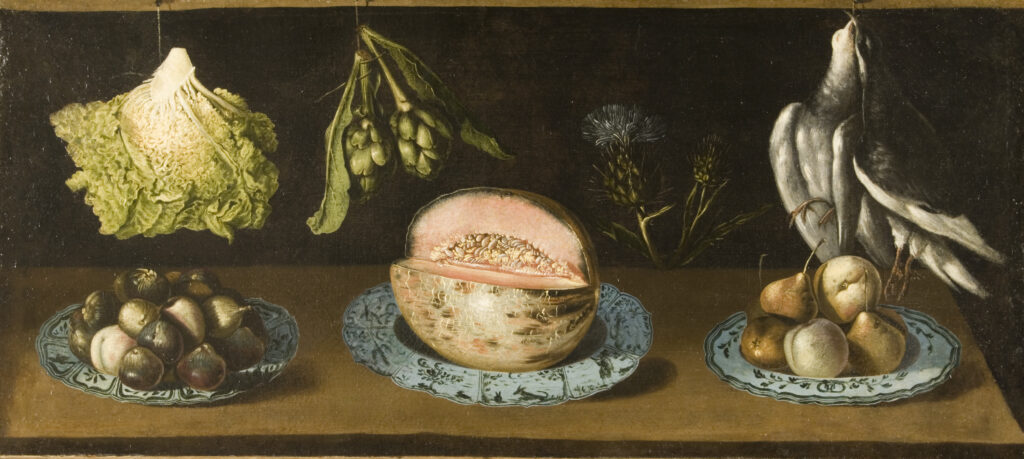
Open now through February 1, 2026, “Spirit and Splendor” gives viewers a glimpse into the masterful art and rich culture of the Baroque era. During the 16th and 17th centuries, Spain established itself as the first global empire and consequently patronized some of the greatest artistic and literary achievements — all heavily influenced by the royal court and Spanish Catholic Church. In addition to highlighting works from prominent Spanish artists, the exhibit displays the work of artists across the Spanish-speaking world — revealing not only the global influences that Baroque artists had, but how they were influenced by other regions.
A Historic Connection: The Blanton and The Hispanic Society
The Hispanic Society was founded by philanthropist Archer M. Huntington, who, coincidentally, was also the Blanton’s original namesake due to his support in the museum’s founding. That being said, “Spirit and Spendor” pays homage to a significant moment in the Blanton’s history, and it creates a new one as the works in this collection will be given a Texan audience debut.
Heavily influenced by the Italian Renaissance, the art of the Baroque era often features dramatic oil paintings focused on religious scenes or stories, as the Catholic Church played a significant role in commissioning work. Additionally, portraiture of royal or religious figures made up a vast portion of commissions. Particularly, Velázquez was known for his life-like portraits of prominent leaders in the church and government.
Icons of Spanish Art
Among the most striking pieces within the exhibit is Velázquez’s “Portrait of a Little Girl,” which continues to baffle scholars and historians alike due to the mysterious anonymity of the somber young girl, one of the two non-royal children he ever depicted, in the portrait. Another enigma when it comes to his subject matter, “Copy of the Portrait of Juan de Pareja” appears in the exhibit alongside “Portrait of a Little Girl.” While not Velázquez’s original painting, but rather a copy from an artist whose identity is also frequently debated, the portrait depicts a man who was enslaved in Velázquez’s household, but later gained his freedom and became an artist himself. These two pieces, along with many others, contain rich and fascinating histories to be explored by those who visit the exhibit.
Additionally, visitors can see El Greco’s “Pietà,” Nicolás Correa’s “The Wedding at Cana,” and nearly 50 more works in an exhibit overflowing with history, beauty, and, of course, splendor.
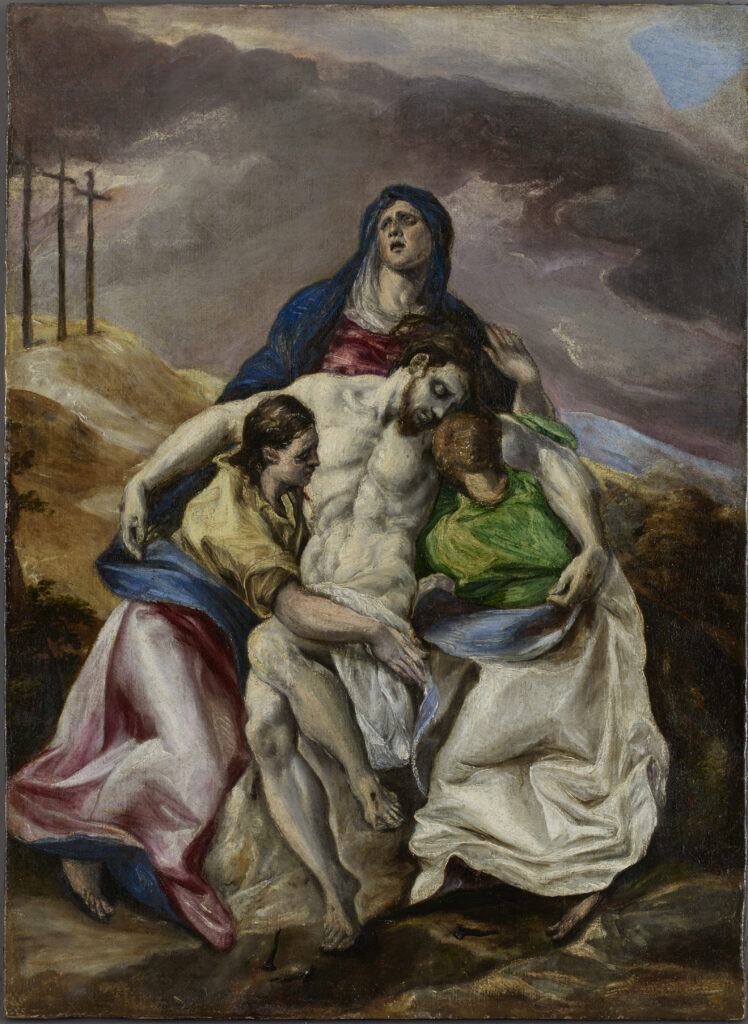
“This exhibition reflects the Blanton’s evolution into a museum of global reach while remaining deeply rooted in our region’s cultural history,” Wicha said. “It offers Texas audiences a rare chance to encounter iconic works by artists like Velázquez and El Greco alongside equally powerful paintings from colonial Latin America — illuminating the intertwined legacies of faith, empire, and artistic exchange.”
For more information about the exhibit, as well as museum hours and ticket info, visit blantonmuseum.org.
RELATED: Austin to Italy — The Surprising Journey of Blanton Museum of Art’s Guercino Masterpieces

